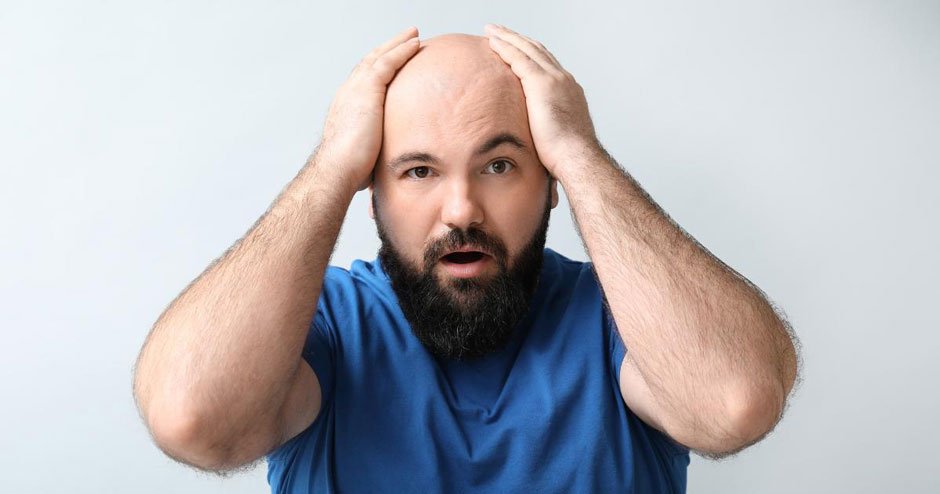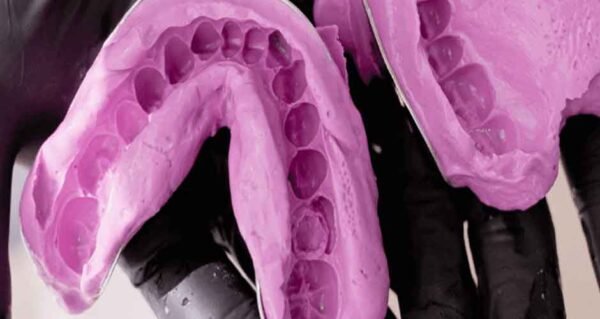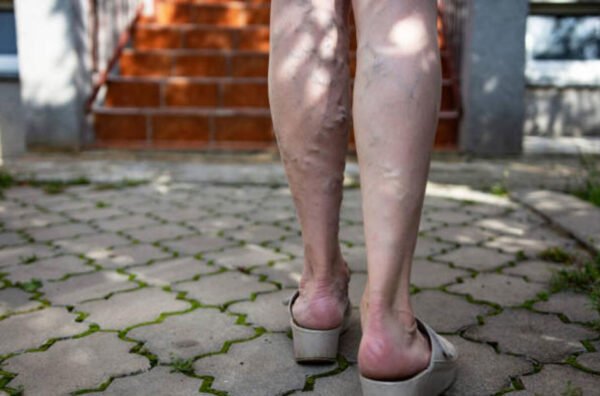Can Red Light Therapy Really Cause Hair Loss? The Truth Revealed

Introduction
Red light therapy is a standard non-invasive treatment that stimulates cellular healing and regeneration using low-intensity red and near-infrared light. It has been shown to have various benefits for skin rejuvenation, wound healing, pain relief, and more.
But what about hair loss? Can red light therapy cause hair loss or help prevent it? This article will reveal the truth behind this claim and explain how red light therapy works for hair growth.
Understanding Red Light Therapy
Red light therapy is a type of light therapy that uses light-emitting diodes (LEDs) to transmit red or near-infrared light to the skin or scalp. It is also known as photobiomodulation (PBM), low-level laser therapy (LLLT), or cold laser therapy. When light goes through the tissue, the mitochondria absorb it. These organelles are responsible for producing energy in the cells.
This triggers a cascade of biochemical reactions that enhance cellular function, increase blood flow, reduce inflammation, and stimulate the production of growth factors and collagen.
Red light therapy has been used for various medical and cosmetic applications, such as:
- Improving skin tone, texture, and elasticity
- Reducing wrinkles, fine lines, and age spots
- Healing acne, rosacea, eczema, and psoriasis
- Accelerating wound healing and scar reduction
- Relieving pain and inflammation from arthritis, tendonitis, bursitis, etc.
- Enhancing muscle recovery and Performance
- Boosting mood and cognitive function
Hair loss prevention and restoration is one of the newer applications of red light therapy. It is claimed that red light therapy can stimulate hair follicles to grow thicker, stronger, and healthier hair by increasing blood circulation, oxygen delivery, nutrient supply, and cellular metabolism in the scalp.
The Claim: Can Red Light Therapy Cause Hair Loss?
Despite the growing popularity and positive testimonials of red light therapy for hair loss, some people are concerned that it may have the opposite effect and cause hair loss. Where does this claim come from, and is there any truth?

There are several possible reasons why some people may believe that red light therapy can cause hair loss:
- Misinterpretation of shedding as hair loss: It is normal to lose about 100 hairs daily from the scalp as part of the natural hair cycle. However, some people may notice increased shedding after starting red light therapy. This is not a sign of hair loss but rather a temporary phase of accelerated hair growth. As the red light stimulates the dormant hair follicles, they push out the old hair to make room for new ones. This process may last for a few weeks or months before stabilizing.
- Improper red light therapy devices:Red light therapy devices vary in quality, power, wavelength, and design. Some devices may not deliver enough energy or penetrate deep enough to reach the hair follicles. Laser devices may also have an irritating effect. They emit too much heat or have harmful wavelengths that can damage the scalp or hair. Therefore, choosing a reputable and LED light device that has been tested and proven safe and effective for hair growth is important.
- Pre-existing conditions or individual factors: Red light therapy is not a magic bullet that can cure all types of hair loss. Hair loss has many causes, such as genetics, hormones, stress, nutrition, medication, illness, etc. Red light therapy may not influence Some of these factors or require additional treatment. Moreover, some people may respond better to red light therapy, depending on their skin type, hair color, density, etc.
Experts’ opinions and perspectives on red light therapy and hair loss are generally positive and supportive. Most dermatologists and trichologists agree that red light therapy is a safe and effective treatment for hair loss when used correctly and consistently. They also recommend combining red light therapy with other treatments for optimal results.
Red Light Therapy for Hair Loss: What the Research Says
The scientific evidence supporting red light therapy for hair loss is growing and promising. Several studies have shown that red light therapy can increase hair density, thickness, and coverage in men and women with androgenetic alopecia (male or female pattern baldness), the most common type of hair loss.
| Study | Participants | Device | Wavelength | Power | Duration | Frequency | Results |
| 2014 study | 103 men and 122 women with androgenetic alopecia | The helmet-like device with 80 LEDs | 655 nm | 25 mW/cm2 | 25 minutes | Every other day | Increased hair density by 37% in women and 35% in men after 16 weeks |
| 2013 study | 41 men aged 18 to 48 years with androgenetic alopecia | Handheld device with 21 lasers and LEDs | 655 nm | 20 mW/cm2 | Four minutes per area of the scalp | Three times per week | Increased hair growth by 39% after 16 weeks |
In the above table, a 2014 study 1: involving 103 men and 122 women with androgenetic alopecia found that red light therapy increased hair density by 37% in women and 35% in men after 16 weeks of treatment. The participants used a helmet-like device that delivered red light at a wavelength of 655 nm and a power of 25 mW/cm2 for 25 minutes every other day.
Another study 2: conducted in 2013 with 41 men aged 18 to 48 years with androgenetic alopecia showed that red light therapy increased hair growth by 39% after 16 weeks of treatment. The participants used a handheld device that emitted red light at a wavelength of 655 nm and a power of 20 mW/cm2 for four minutes per area of the scalp three times per week.
The exact mechanisms through which red light therapy may promote hair growth are not fully understood, but some possible explanations are:
- Red light therapy increases blood flow and oxygen delivery to the scalp, nourishing hair follicles and removing waste products.
- Red light therapy stimulates the production of nitric oxide, a signaling molecule that relaxes the blood vessels and enhances blood circulation.
- Red light therapy stimulates stem cells in the hair follicle bulge, allowing them to develop into new hair cells and extend the hair cycle’s anagen (growth) phase.
- Red light therapy modulates the expression of genes related to hair growth, such as fibroblast growth factor (FGF), vascular endothelial growth factor (VEGF), insulin-like growth factor (IGF), etc.
- Red light therapy reduces inflammation and oxidative stress in the scalp, which can damage the hair follicles and inhibit hair growth.
3 Best Red Light Therapy Devices for Hair Loss At Home
Based on its proven effectiveness, you may wonder which device to choose if you want red light therapy for hair loss at home. Many options are available on the market, but not all are equally effective, safe, or convenient. Here are some of the best red light therapy devices for hair loss that you can use at home:
Scienlodic Red Light Therapy Hat $199.99

This hair regrowth device covers the entire scalp and delivers red light at a wavelength of 660nm and 850nm. It has 102 LEDs that a remote control can control. It is comfortable, lightweight, rechargeable, and easy to use. You can wear it for 20 minutes every other day to see results in 12-24 weeks. It has a 2-year warranty and a 60-day guarantee. If you want a reliable and affordable red light therapy device for hair loss at home, check out the Scienlodic Hair Growth Hat.
Pros:
- It covers the entire scalp and provides red and near-infrared light for optimal hair growth stimulation.
- It has many LEDs and a high power output of 5 mW/cm2 per LED.
- It is affordable compared to other devices with similar features and quality.
Cons:
- It may cause some heat on the scalp.
- It takes longer to see the results.
iRestore Laser Hair Growth System $695
This helmet-like device covers the entire scalp and delivers red light at a wavelength of 650 nm and near-infrared light at a wavelength of 940 nm. It has 120 medical-grade lasers and LEDs that a timer can control. It costs $695 and has a one-year guarantee and warranty. If you have a good budget, then you can choose the iRestore.
Pros:
- It is FDA-cleared for medical treatment of androgenetic alopecia.
- It has a mix of lasers and LEDs that provide coherent and incoherent light for better penetration and coverage.
- It has a long battery life and can be used anywhere.
Cons:
- It is expensive compared to other devices with similar features and quality.
- It has fewer LEDs than other devices and a lower power output of 3 mW/cm2 per LED.
- It weighs 2.2 pounds and maycause discomfort during wearing.
CapillusUltra Mobile Laser Therapy Cap $640
This cap device fits under any hat or cap and delivers red light at a wavelength of 650 nm. It has 84 medical-grade lasers that a battery pack can control. You can wear it for six minutes daily to see results in at least six months. It comes with a one-year warranty and a six-month guarantee.
Pros:
- It is FDA-cleared for medical treatment of androgenetic alopecia.
- It is discreet and convenient to use without attracting attention or interfering with daily activities.
- It has a short treatment time of only six minutes per day.
Cons:
- It is costly compared to other devices with similar features and quality.
- It only provides red light and no near-infrared light for hair growth stimulation.
- Laser treatment is not as mild as LED and may have potential side effects.
Red light therapy is considered safe and well-tolerated for treating hair loss. However, there are some potential risks and side effects that you should be aware of before using it, including eye damage, skin irritation, headache, and interactions with medications.
In addition, you should consult your doctor before using red light therapy devices for hair loss if you have any medical conditions, such as diabetes, thyroid problems, cancer, etc., that may affect your hair growth or health.
Conclusion
Red light therapy is a promising and non-invasive treatment for hair loss that can stimulate hair follicles to grow thicker, stronger, and healthier hair by increasing blood flow, oxygen delivery, nutrient supply, and cellular metabolism in the scalp.
Red light therapy can help prevent hair loss and restore hair growth in most cases of androgenetic alopecia, the most common type of hair loss. If you want red light therapy for hair loss at home, you should choose a reputable and safe device that has been tested and proven safe and effective for hair growth. You should also follow the manufacturer’s instructions, consult your doctor, and monitor your results.
However, it is not a miracle cure that can work for everyone or reverse all types of hair loss. It may also have some risks and side effects you should be aware of before using it.
References
- Verywell Health (2021) Red Light Therapy: Uses, Benefits, and Risks Retrieved from https://www.verywellhealth.com/red-light-therapy-5217767
- Avci, P., Gupta, G. K., Clark, J., Wikonkal, N., & Hamblin, M. R. (2014). Low-level laser (light) therapy (LLLT) for hair loss treatment Lasers in surgery and medicine, 46(2), 144–151. https://doi.org/10.1002/lsm.22170
- Lanzafame, R. J., Blanche, R. R., Bodian, A. B., Chiacchierini, R. P., Fernandez-Obregon, A., & Kazmirek, E. R. (2013) The growth of human scalp hair is mediated by visible red light from laser and LED sources in males. Lasers in surgery and medicine, 45(8), 487–495. https://doi.org/10.1002/lsm.22173



